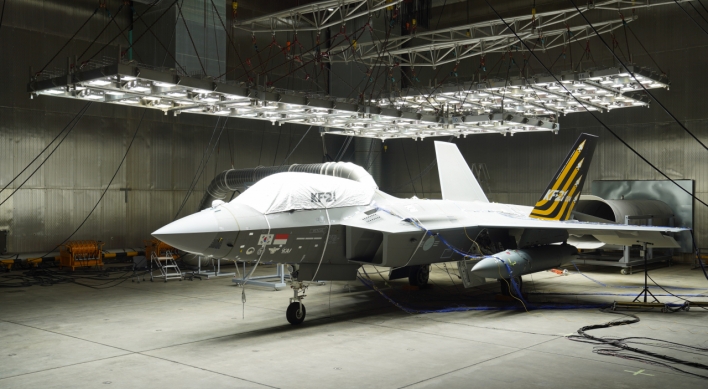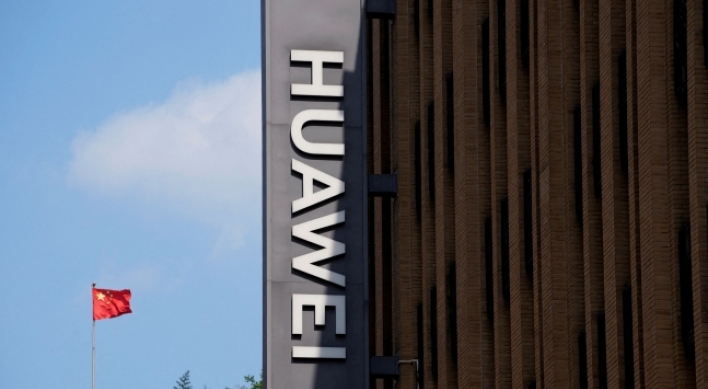The U.S. government has set tough fuel economy standards for cars and trucks, and Detroit’s automakers couldn’t be happier.
What mad world is this? The famously balky industry that once swore people could never afford cars with crazy technology like air bags has taken a leap of faith in its ability to invent and innovate.
“They’re aggressive standards, but the industry wouldn’t have bought in if they weren’t achievable,” said Chris Theodore, engineering consultant and former Ford and Chrysler product development chief. “They’re embracing the standards because fuel economy has become important to customers.”
The new corporate average fuel economy and greenhouse gas emissions limits will increase the U.S. vehicle fleet’s fuel economy by about 63 percent by the 2025 model year.
“Engineers love a challenge,” Mark Reuss, president of GM North America, told me last week. “Our people are very talented, and they’ll work vigorously to meet that challenge and improve fuel economy as efficiently and cost-effectively as possible.”
“I have no doubt that they’ll answer the call,” Ford CEO Alan Mulally said recently describing the new rules on the “CBS Morning News.”
They’re “fantastic,” he said. The government and automakers “worked together to have regulations that are in line with what the customers really want.”
“People will pay for fuel economy if it’s done right,” said Jim Hall, managing director of 2953 Analytics. “American automakers have learned the difference between selling fuel-efficient cars people want and selling a car they’ll only buy because it’s cheap.”
Automakers had more input to the regulations than ever, and the government commissioned major cost and feasibility studies. The government estimates meeting the regulations will cost $2,556 per vehicle and save drivers more than double that in fuel. Automakers don’t dispute those figures.
“We tend to greatly underestimate the pace of innovation,” said Bill Visnic, Edmunds.com senior editor and analyst. “It’s not outlandish at all to expect cars rated at 40 to 50 mpg in combined driving 10 years from now.”
The technologies to meet the standards already exist, said Sandy Stojkovski, president of Plymouth, Mich.-based consulting firm Scenaria. She said meeting the standards may be much more expensive than the government estimates, however.
Stojkovski said improvements in five areas will lead the way: Engine technologies like turbocharging and direct injection; transmissions with more gears and dual-clutch technology; mild hybrids and electrification of systems like climate control; full hybrids and a small number of plug-in hybrids and electric vehicles; and advances in aerodynamics, lightweight materials, tires and other areas.
The new regulations have a sliding scale. Smaller vehicles will have to get higher mpg than bigger ones, and each automaker’s overall fleet target will be weighted to reflect its sales mix. That means that Ford, which sells lots of trucks, will probably have a less-demanding target than Honda or Hyundai, which sell mostly smaller cars.
That has led some automakers to complain the rule favors the traditional U.S. automakers, but the flipside is that big pickups and SUVs will have to raise their fuel economy by about the same proportion as compacts and subcompacts, potentially saving huge amounts of fuel.
The size classes are defined by a vehicle’s “footprint,” its wheelbase multiplied by its track. The fact that making a car slightly larger can move it into a class with a less-demanding mileage target could lead automakers to increase the size of some vehicles, but Hall expects that to be more than offset by the ambitious mpg targets.
Engineers’ back-of-the-envelope rule for estimating window sticker fuel economy is to subtract 20 percent-30 percent from unadjusted CAFE.
That works out to an average window sticker of 35-40 mpg in combined city and highway driving in 2025, an increase of 50 percent to 60 percent for everything from subcompacts to pickup trucks and SUVs.
Detroit automakers’ comfort with that goal reflects a generational change since the industry was dragged kicking and screaming into compliance with earlier CAFE standards.
Today’s company leaders helped shape the rules. They’re confident they can play by them.
By Mark Phelan
Mark Phelan is the auto critic for the Detroit Free Press. He can be reached at mmphelan@freepress.com. ― Ed.
(Detroit Free Press)
(MCT Information Services)
What mad world is this? The famously balky industry that once swore people could never afford cars with crazy technology like air bags has taken a leap of faith in its ability to invent and innovate.
“They’re aggressive standards, but the industry wouldn’t have bought in if they weren’t achievable,” said Chris Theodore, engineering consultant and former Ford and Chrysler product development chief. “They’re embracing the standards because fuel economy has become important to customers.”
The new corporate average fuel economy and greenhouse gas emissions limits will increase the U.S. vehicle fleet’s fuel economy by about 63 percent by the 2025 model year.
“Engineers love a challenge,” Mark Reuss, president of GM North America, told me last week. “Our people are very talented, and they’ll work vigorously to meet that challenge and improve fuel economy as efficiently and cost-effectively as possible.”
“I have no doubt that they’ll answer the call,” Ford CEO Alan Mulally said recently describing the new rules on the “CBS Morning News.”
They’re “fantastic,” he said. The government and automakers “worked together to have regulations that are in line with what the customers really want.”
“People will pay for fuel economy if it’s done right,” said Jim Hall, managing director of 2953 Analytics. “American automakers have learned the difference between selling fuel-efficient cars people want and selling a car they’ll only buy because it’s cheap.”
Automakers had more input to the regulations than ever, and the government commissioned major cost and feasibility studies. The government estimates meeting the regulations will cost $2,556 per vehicle and save drivers more than double that in fuel. Automakers don’t dispute those figures.
“We tend to greatly underestimate the pace of innovation,” said Bill Visnic, Edmunds.com senior editor and analyst. “It’s not outlandish at all to expect cars rated at 40 to 50 mpg in combined driving 10 years from now.”
The technologies to meet the standards already exist, said Sandy Stojkovski, president of Plymouth, Mich.-based consulting firm Scenaria. She said meeting the standards may be much more expensive than the government estimates, however.
Stojkovski said improvements in five areas will lead the way: Engine technologies like turbocharging and direct injection; transmissions with more gears and dual-clutch technology; mild hybrids and electrification of systems like climate control; full hybrids and a small number of plug-in hybrids and electric vehicles; and advances in aerodynamics, lightweight materials, tires and other areas.
The new regulations have a sliding scale. Smaller vehicles will have to get higher mpg than bigger ones, and each automaker’s overall fleet target will be weighted to reflect its sales mix. That means that Ford, which sells lots of trucks, will probably have a less-demanding target than Honda or Hyundai, which sell mostly smaller cars.
That has led some automakers to complain the rule favors the traditional U.S. automakers, but the flipside is that big pickups and SUVs will have to raise their fuel economy by about the same proportion as compacts and subcompacts, potentially saving huge amounts of fuel.
The size classes are defined by a vehicle’s “footprint,” its wheelbase multiplied by its track. The fact that making a car slightly larger can move it into a class with a less-demanding mileage target could lead automakers to increase the size of some vehicles, but Hall expects that to be more than offset by the ambitious mpg targets.
Engineers’ back-of-the-envelope rule for estimating window sticker fuel economy is to subtract 20 percent-30 percent from unadjusted CAFE.
That works out to an average window sticker of 35-40 mpg in combined city and highway driving in 2025, an increase of 50 percent to 60 percent for everything from subcompacts to pickup trucks and SUVs.
Detroit automakers’ comfort with that goal reflects a generational change since the industry was dragged kicking and screaming into compliance with earlier CAFE standards.
Today’s company leaders helped shape the rules. They’re confident they can play by them.
By Mark Phelan
Mark Phelan is the auto critic for the Detroit Free Press. He can be reached at mmphelan@freepress.com. ― Ed.
(Detroit Free Press)
(MCT Information Services)
-
Articles by Korea Herald



![[AtoZ Korean Mind] Does your job define who you are? Should it?](http://res.heraldm.com/phpwas/restmb_idxmake.php?idx=644&simg=/content/image/2024/05/06/20240506050099_0.jpg&u=)















